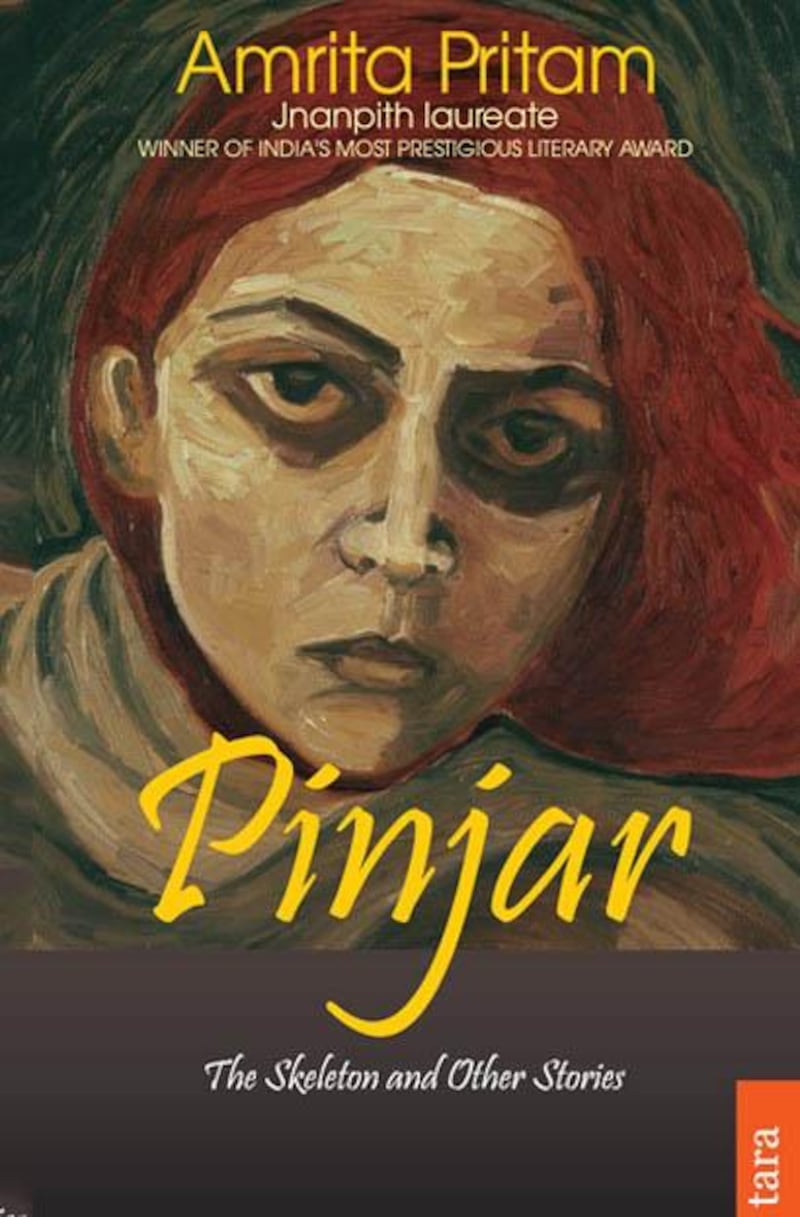Stories from the partition of India in 1947 have always piqued my interest, given that my own grandparents came to India from Sindh (now in Pakistan) to start afresh. I have read a number of titles on the topic, but these heart-wrenching tales of loss and inhumanity offer a glimpse of the violence, which was a result of the forced migration that left millions displaced.
Train to Pakistan
by Khushwant Singh (1956)
This novel is set in the summer of 1947 in a fictional village called Mano Majra near the border, where Sikhs and Muslims lived together in harmony until a train loaded with thousands of bodies arrived from Pakistan. Singh tells his story objectively, never placing blame on either side, but at the same time shows just how easily communal tension can turnpeople into blood-thirsty criminals. Equal parts heart-breaking and horrifying, the story may be fictional, but it was inspired by the 'ghost' trains that made the commute between the two countries filled with the bodies of those trying to get to the other side.
Mottled Dawn
by Saadat Hasan Manto (2004)
This collection of Manto’s short stories in Urdu are translated into English. The tales in this anthology are not for the faint-hearted, as the author laid bare the gruesome, explicit reality of the partition in its rawest form. These stories of lunacy leave you feeling like you have been kicked in the gut and unsettled by the cruelty mankind is capable of. Manto himself never quite recovered from leaving his beloved Bombay and eventually died of alcoholism in his early forties.
Ice Candy Man
by Bapsi Sidhwa (1988)
Sidhwa picks a young, privileged and Polio-stricken Parsi girl, Lenny, to tell this story, which is set between 1943 and 1948 in Lahore. She experiences life through her Hindu ayah (maid), who seems to have admirers of all religions but is romantically involved with the Muslim ice candy man, who turns against her as communal tension builds up. Lenny observes everything and tells it as is without judgement. She is only eight years old at the end of the story, but starts to see things differently in that short period, as her family loses everything and have to flee. Grotesque, disturbing and explicit, Ice Candy Man is an example of how the partition affected people at the micro level.
Pinjar
by Amrita Pritam (1950)
Set in Punjab at a time when Hindu-Muslim tensions were running high, Pinjar shows how women became the biggest victims of the partition. A young Hindu girl, Puro, is set to get married when a Muslim man, Rashid, kidnaps her to avenge an old family feud. Even when she manages to escape and return home, her family shuns her. She eventually stays on, converts, but starts to question everything when the violence of the partition begins. Through the entire story, your heart breaks for this young girl, who has no control over her life. Caught in the middle of two communities, Puro is an example of how women became a vessel for a family's honour.
Remnants of a Separation
by Aanchal Malhotra (2017)
Malhotra revisits the divide through the objects that people chose to carry with them across the border. The author retraced the lives of 19 families from India, Pakistan, Bangladesh and the UK. It tells beautiful tales of people who were forced to leave everything they knew behind, to come to a new land and start afresh. Take your time to pore over these sometimes sad and sometimes heartwarming and hopeful stories, which also feature pictures of their priceless treasures.








